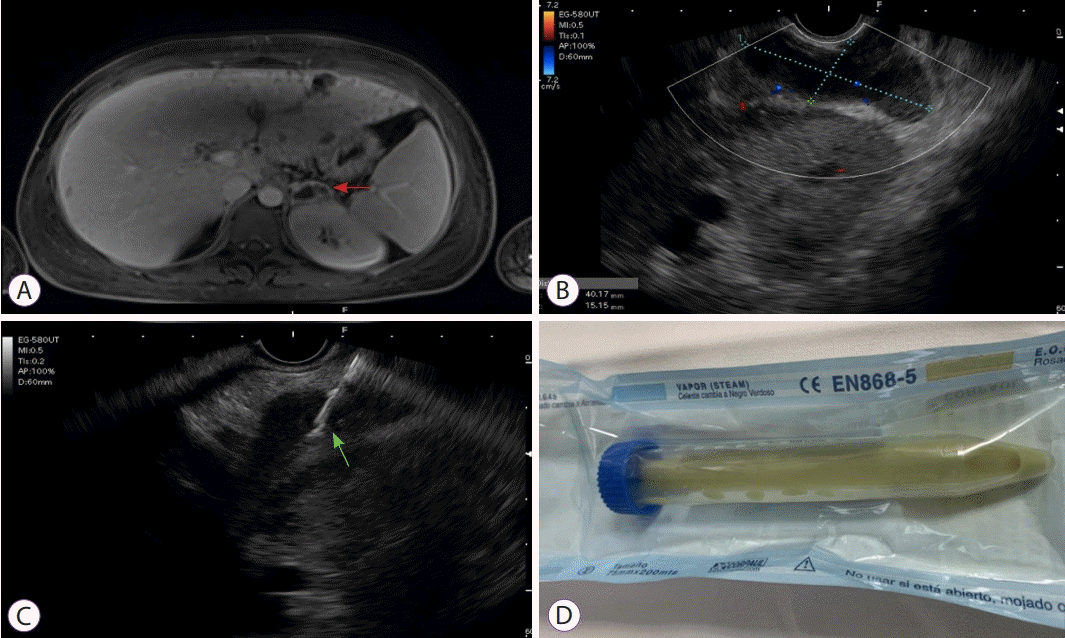1. Paolo WF, Nosanchuk JD. Adrenal infections. International Journal of Infectious Diseases. 2006; 10:343–353.
3. Politano AD, Hranjec T, Rosenberger LH, Sawyer RG, Tache Leon CA. Differences in morbidity and mortality with percutaneous versus open surgical drainage of postoperative intra-abdominal infections: a review of 686 cases. Am Surg. 2011; 77:862–867.
4. Sooklal S, Chahal P. Endoscopic Ultrasound. Surg Clin North Am. 2020; 100:1133–1150.
5. Yokoyama S, Sekioka A, Utsunomiya H, Hara S, Takahashi T, Yoshida A. Adrenal abscess as a complication of Escherichia coli sepsis in neonates: A case report. J Ped Surg Case Reports. 2013; 1:328–330.
6. Diepstraten SCE, Zwaveling S, Beek FJA. Diagnosis and subsequent US-guided percutaneous drainage of an adrenal abscess in a 5-week-old infant. Pediatr Radiol. 2012; 42:1126–1129.
7. Mandelia A, Kishore JS, Yadav R, Lal R. Non-surgical management of bilateral adrenal abscess in neonates: report of two cases. J Neonatal Surg. 2017; 6:31.
8. Morita S, Kamimura K, Suda T, et al. Endoscopic ultrasound-guided transmural drainage for subphrenic abscess: report of two cases and a literature review. BMC Gastroenterol. 2018; 18:55.
9. Prasad GA, Varadarajulu S. Endoscopic ultrasound-guided abscess drainage. Gastrointest Endosc Clin N Am. 2012; 22:281–290. ix.
10. Gilbert DN, Dworkin RJ, Raber SR, Leggett JE. Outpatient parenteral antimicrobial-drug therapy. N Engl J Med. 1997; 337:829–839.
11. Patil R, Ona MA, Papafragkakis C, Duddempudi S, Anand S, Jamil LH. Endoscopic ultrasound-guided fine-needle aspiration in the diagnosis of adrenal lesions. Ann Gastroenterol. 2016; 29:307–311.





 PDF
PDF Citation
Citation Print
Print



 XML Download
XML Download